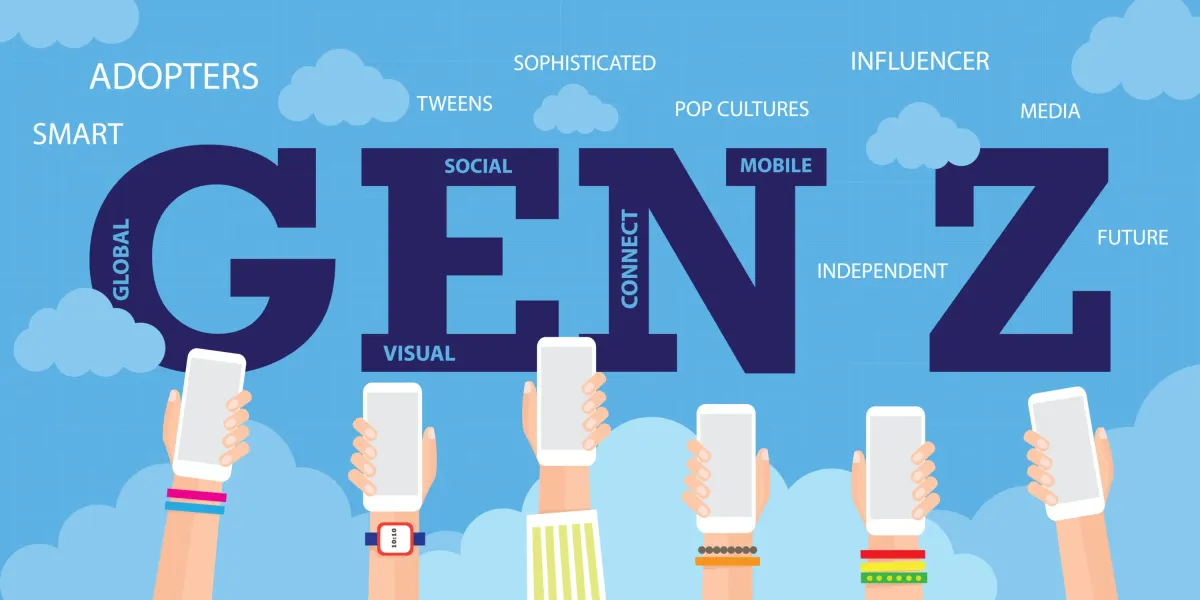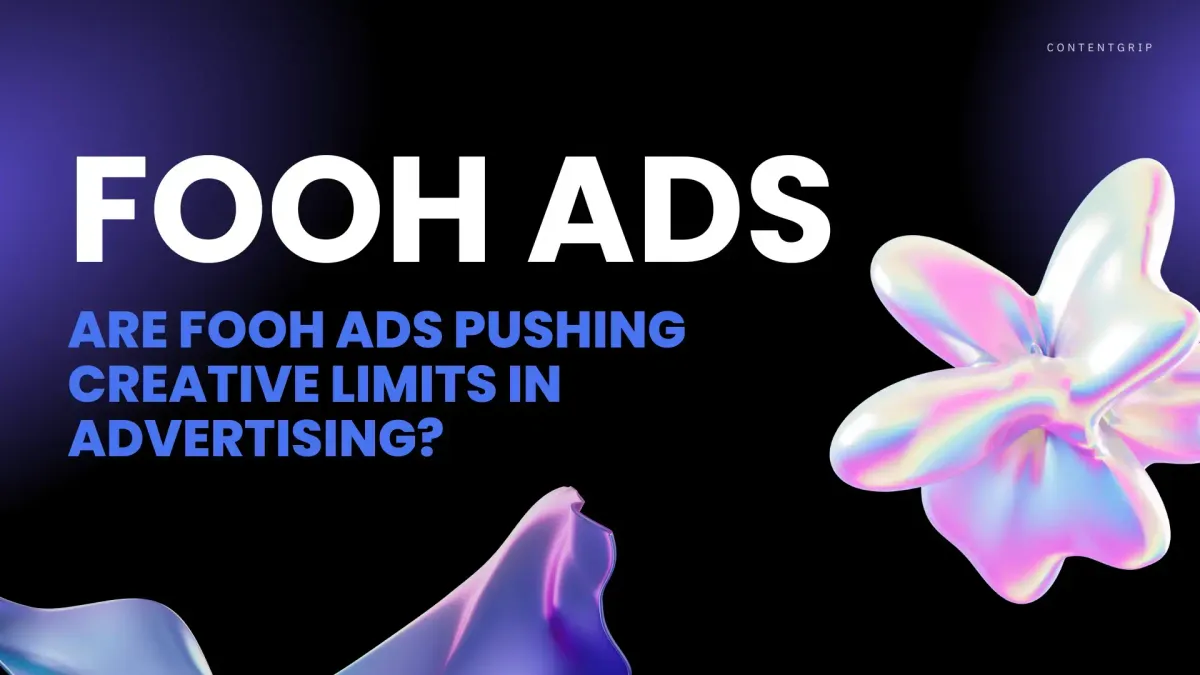Canva’s cheeky UK billboards make design tools go big (literally)
Canva gets bold in London with a witty billboard campaign that doubles as a live demo of its design features

Canva is flexing its playful muscles—and product features—across some of London’s busiest foot traffic with a new billboard campaign that turns inside design jokes into big, visual gags.
This move isn’t just about eyeballs—it’s about reframing how software brands can show (not tell) their value in offline, physical formats. The brand's decision to turn a transit hub into a cheeky Canva canvas says a lot about where product storytelling is headed in 2025.
This article explores how Canva’s UK out-of-home (OOH) campaign showcases its design tools by exaggerating them in public spaces, and why this theatrical approach to product marketing might matter more than you think.
Short on time?
Here’s a table of contents for quick access:
- What happened: billboard gags, product nods, and British humor
- Why it matters: OOH as product demo—and brand flex
- What marketers should know: product-led storytelling, done visually
- Key takeaways for B2B brands

What happened: billboard gags, product nods, and British humor
The campaign, produced in collaboration with Stink Studios, transforms London’s Waterloo Station into an immersive showcase of Canva’s features. These are not just ads—they're tongue-in-cheek nods to design clichés, embedded into billboard-sized installations.
A few of the highlights:
- An oversized logo “breaking the frame”—a literal punchline to the classic request to “make the logo bigger.”
- A painfully misfit landscape post squeezed into portrait space, highlighting Canva’s magic resize tool.
- A 3D e-bike “dragged and dropped” into frame, mirroring Canva’s intuitive interface.
- A whiteboard-style erasure build that physically removes parts of the ad, mirroring Canva’s background remover.
- A chaotic-to-polished creative timeline visual, charting the messy journey from brief to delivery.
This isn’t Canva’s first swing at OOH in the UK. In May, the brand made waves at Old Street with an animated workspace plastered with hundreds of real-time cursors—a clever nod to its collaboration features.

Why it matters: OOH as product demo and brand flex
Instead of just announcing features, Canva uses physical formats to demonstrate them—with humor. That alone makes this campaign stand out in a saturated design-tool landscape.
By blending exaggerated builds with UX metaphors, Canva positions itself as the user-friendly creative suite—even in environments where digital demos aren’t an option. This approach isn’t just eye-catching—it’s strategic branding.
The campaign also reflects a growing trend: software brands using offline media to tell stories that feel native to their product experience. And by adding British humor to the mix, Canva localizes without losing its global brand voice.
What marketers should know: product-led storytelling, done visually
There are a few big takeaways here for B2B and SaaS marketers:
- Your product is your story—if you show it right.
Canva doesn’t just talk features; it reenacts them. In doing so, it transforms functional tools into cultural commentary. B2B marketers should consider how to visualize product value beyond the screen.
- Playfulness scales when rooted in utility.
This isn’t quirk for quirk’s sake. Each gag is tied to a real user benefit—resizing, dragging, erasing. The humor lands because it’s functional, not frivolous.
- OOH can be a UX moment, not just an ad.
Especially for SaaS, showing what your product feels like matters. A tactile, experiential execution makes that emotional connection faster than a landing page.
- Localization doesn’t require dilution.
Canva’s British-influenced tone (“tongue in cheek”) makes this local rollout feel fresh, but the product value remains global. That’s a localization lesson worth copying.
Additional tips:
- Think of billboards (or any OOH) as product-led brand experiences—not just awareness plays.
- Turn internal jokes into external empathy. If your team laughs at a product quirk, your users probably will too.
- Match creative format to product feature—resize tools on resizable spaces, for example—to enhance memory retention.
As creative software brands compete for mindshare, Canva’s Waterloo campaign is a reminder: showing off can be strategic, if you make the product the star.





